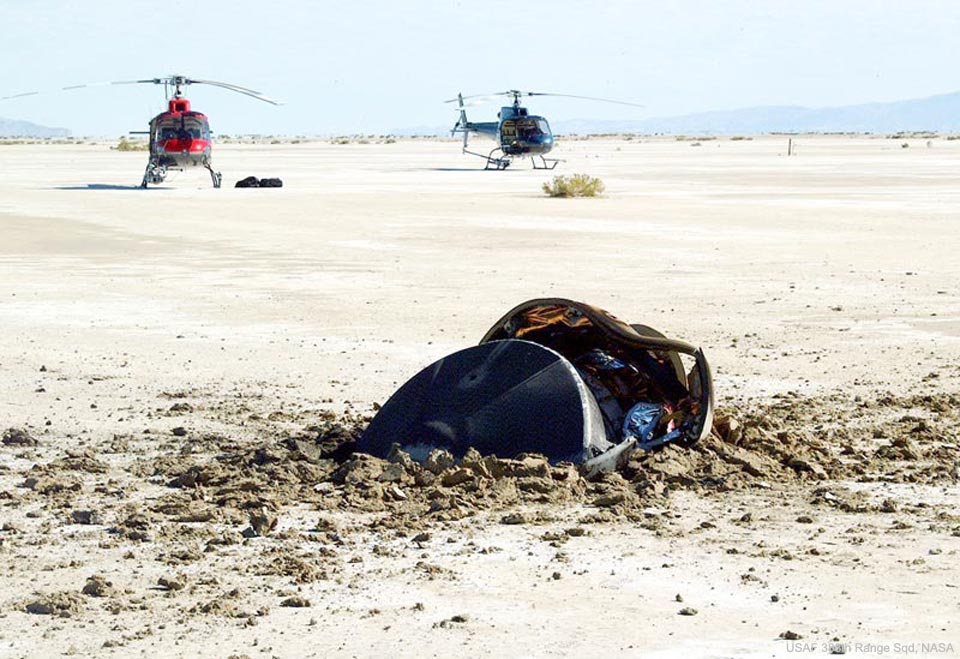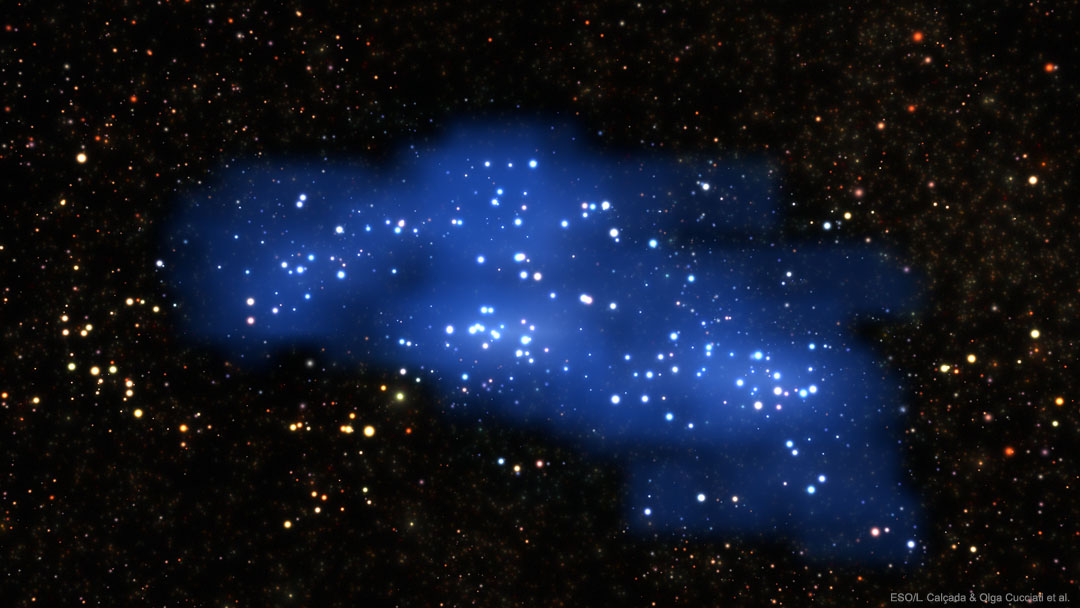Si la possibilité que les carottes améliorent la vue relève du mythe, en revanche, la recherche a effectivement démontré que la carotte peut avoir un rôle bénéfique sur notre vision.
Les carottes sont riches en bêta-carotène, un précurseur de la vitamine A. Cette vitamine est reconnue pour son rôle important dans la vision et principalement en ce qui concerne l’adaptation de l’œil à l’obscurité.
Par-contre, il ne faut pas s’imaginer qu’on pourra remplacer le port de lunettes par une consommation plus élevée de carottes. La consommation de bêta-carotène ne peut régler les problèmes de vision tels que la myopie ou l’astigmatisme.
En fait, dans les pays riches, où les carences en vitamine A sont rares, manger davantage de carottes ne transformera pas une vision déficiente en une vision normale. C’est dans les pays les plus pauvres, où la cécité partielle est un problème récurrent dû à un manque de nutriments, que la consommation de carottes pourrait être le plus bénéfique.
Il faut aussi noter que bien que les carottes soient particulièrement riches en bêta-carotène, on en retrouve également dans plusieurs légumes jaunes ou orangés (patate douce, courge d’hiver, citrouille, poivron rouge) ainsi que dans certains légumes feuillus (épinard, chou vert, laitue, bok choy).
Quant aux personnes âgées, pour une bonne santé de leurs yeux, un apport quotidien en vitamines et en minéraux, présents entre autres dans ces aliments, peut aussi retarder la progression des maladies de l’œil liées à l’âge, comme la dégénérescence maculaire, le glaucome et la cataracte.
Verdict :
Continuez de manger vos carottes, puisqu’elles sont aussi bonnes pour votre santé générale, mais si vous avez du mal à lire ce texte, achetez-vous des lunettes.
Science-Presse









